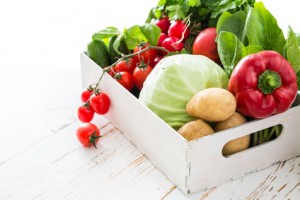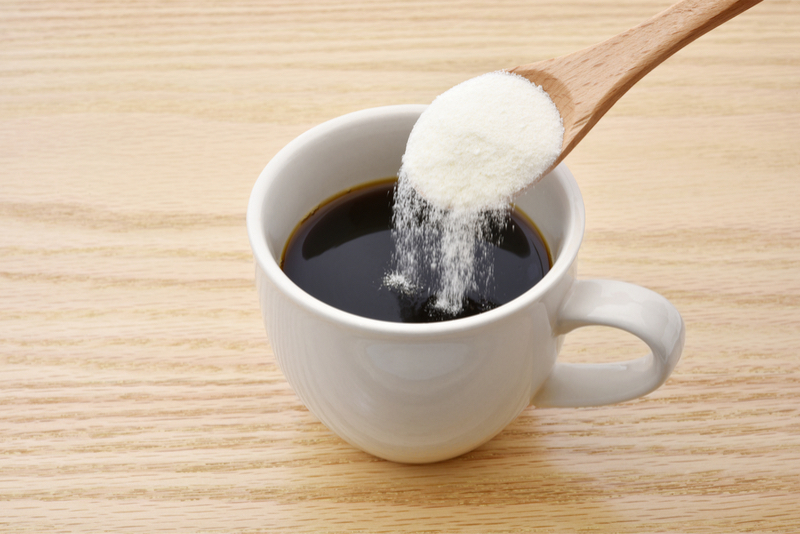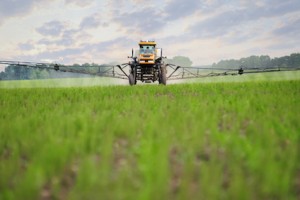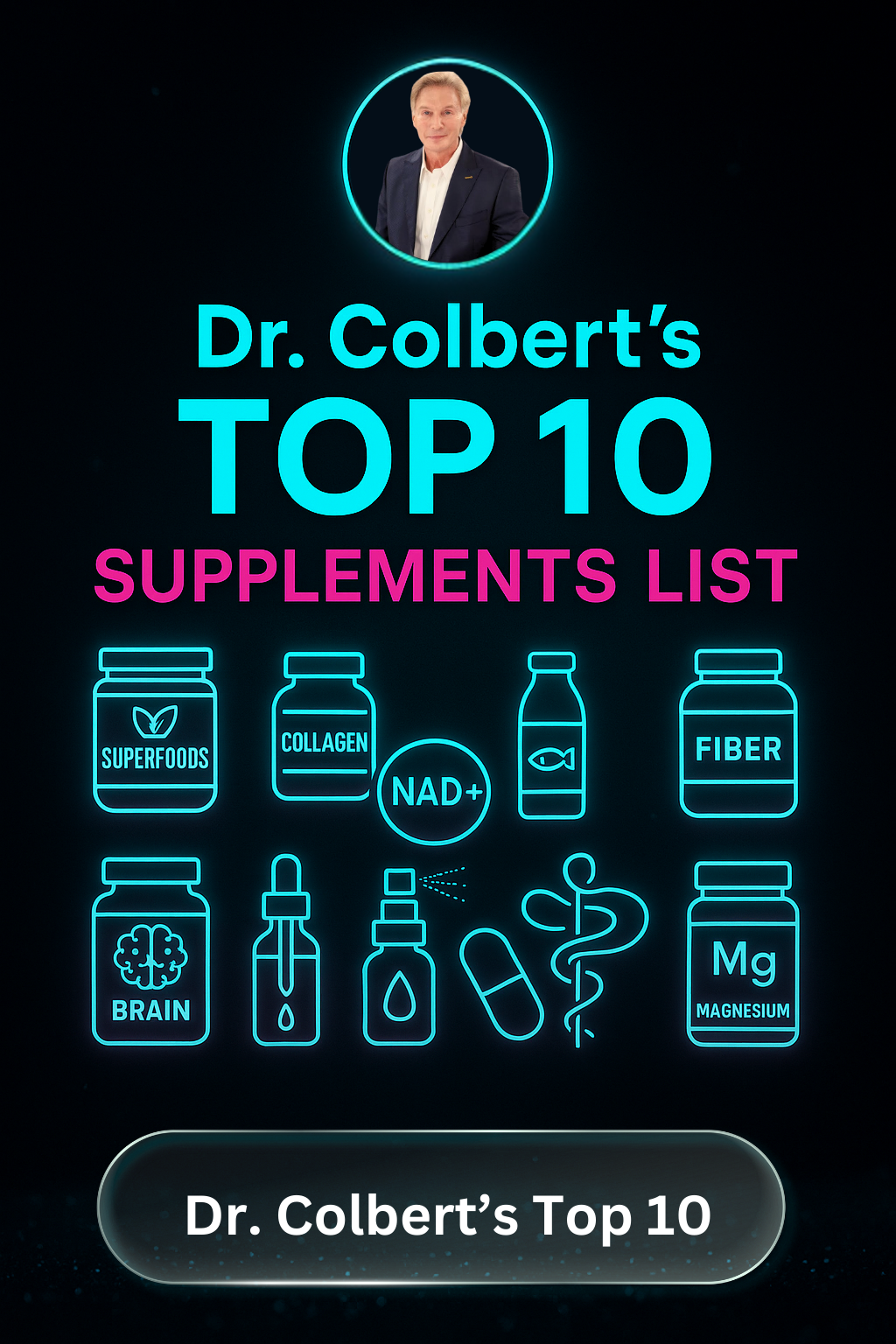For years, evidence of the harmful health effects of consuming agricultural pesticides has been mounting. The journal Nature summarizes the situation saying that “after countless studies, pesticides have been linked to cancer, Alzheimer’s Disease, ADHD, and even birth defects. Pesticides also have the potential to harm the nervous system, the reproductive system, and the endocrine system.”
As the dangers of pesticide residue on food become more widely known by the general public, more and more people are opting to buy organic produce when possible, as shown by continued double-digit growth in the organic market.
However, organic produce is still more expensive than conventional in most cases. Many families who are on a budget simply can not always afford to buy everything organic. Thankfully, each year the Environmental Working Group (EWG) produces a list of the most and least contaminated fruits and vegetables. These lists are dubbed the “dirty dozen” and the “clean fifteen,” respectively.
Intended as a guide for consumers who want to avoid pesticides but are unable to choose organic due to price or availability, the EWG has updated these lists annually since 2004. These guides are formulated based on more than 35,200 samples of washed, prepared, and (if applicable) peeled produce tested by the U.S. Department of Agriculture and Food and Drug Administration.
On their website, the EWG states that “conventional agriculture continues to use large quantities of toxic pesticides. As a result, USDA researchers detect pesticide residues on much of the fruits and vegetables they test. This is why EWG updates our Shopper’s Guide each year.”
For 2017, strawberries retain their top spot as the most contaminated conventional produce with a single sample showing residue of 20 different pesticides! Spinach jumps up to second place with test results showing an average of twice as much pesticide residue by weight than any other crop.
The safest crops of the “clean fifteen” are avocados and sweet corn with only about 1% showing any signs of pesticide residue.
Dirty Dozen:
- Strawberries
- Spinach
- Nectarines
- Apples
- Peaches
- Pears
- Cherries
- Grapes
- Celery
- Tomatoes
- Sweet Bell Peppers
- Potatoes
Clean Fifteen:
- Sweet corn
- Avocados
- Pineapples
- Cabbage
- Onions
- Frozen Sweet Peas
- Papayas
- Asparagus
- Mangos
- Eggplant
- Honeydew
- Kiwi
- Cantaloupe
- Cauliflower
- Grapefruit
“If you don’t want to feed your family food contaminated with pesticides, the EWG Shopper’s Guide helps you make smart choices, whether you’re buying conventional or organic produce,” says Sonya Lunder, an EWG senior analyst. “Eating plenty of fruits and vegetables is essential no matter how they’re grown, but for the items with the heaviest pesticide loads, we urge shoppers to buy organic. If you can’t buy organic, the Shopper’s Guide will steer you to conventionally grown produce that is the lowest in pesticides.”
Pesticides are just one example of the myriad of toxins we are exposed to daily in the modern world. To assist your body in it’s natural detoxification process to eliminate pesticides and other deep-seeded toxins from your body, you can join Dr. Don Colbert’s 21 Day Detox for free by clicking here.


















Comments are closed.